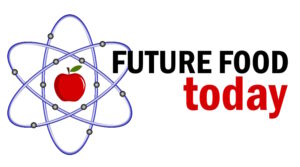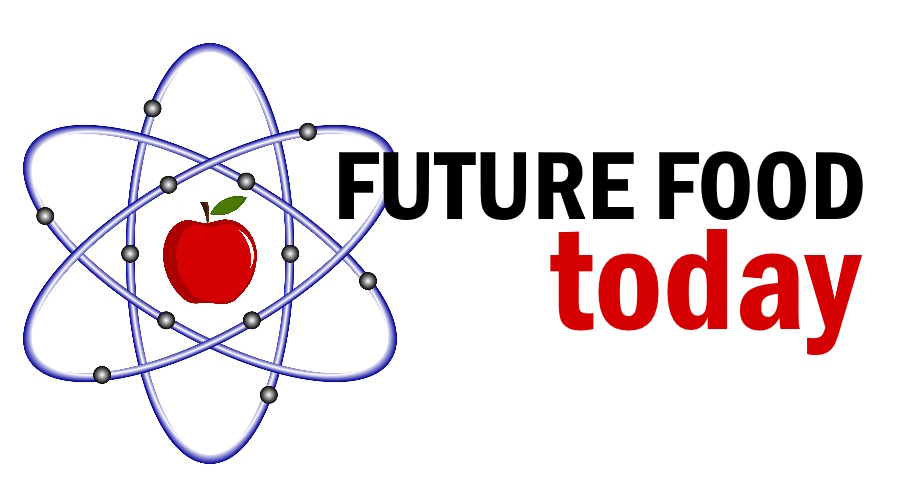European scientists, companies and clusters developed a Decision-Support Tool that identifies what residues from food production can be recycled and how. The software supports a more efficient use of our resources, helping to reduce the greenhouse gas emissions of the agri-food sector.
More than 58 million tonnes of food are thrown away in Europe according to the European Commission, half of which due to losses during the production, storage and processing of food. However, production residues contain valuable industrial compounds and can be extracted. The International Day of Awareness of Food Loss and Waste, on September 29, calls attention to it.
The scientists, companies and clusters of the European project Model2Bio developed a Decision-Support tool that helps food producers make the most of our resources. It recommends value chains and processes to recycle food production residues.
Based on mathematical models and algorithms, the tool answers three main questions: What can be generated from a residue? How can it be generated most economically? What are the environmental and social impacts of the suggested recycling routes?
“Companies often don’t know how to manage their residues or they have a usual way of managing them, such as using them as animal feed,” says Tamara Fernández Arévalo, researcher at the non-profit technology centre Ceit in Spain and coordinator of the Model2Bio project.
“With this tool, we want to show companies that there are other ways to valorise their residues. These could include generating energy from biogas, or obtaining value-added products.”
The Model2Bio scientists developed new processes: for instance, microbial oil made from grape pomace that can act as a substitute to palm oil, or organic acids produced from potato peel instead of fossil resources. The team also looked at the economical and environmental aspects of different value chains, taking into account transportation. This is one of the main criteria that determine how environmentally friendly and economical a valorisation route is. All these data were fed to the tool so it can recommend the most feasible applications for agri-food residues.
The suggested solutions can also help food producers adapt to changing consumer lifestyles which impact current industry practices.
“There’s environmental pressure on the pig farming industry not to grow,” said Guy Vandenbroucke, a plant manager at the Belgium French fries manufacturer Lutosa who sells the potato peel his plant produces as pig feed.
“If we want to produce French fries in the future, we will have to peel potatoes. So, we will need to look for new applications [for potato peels] together with knowledge centres and universities.”
Model2Bio is a European research project with a total budget of around €6 million, coming from the Bio-based Industries Joint Undertaking which is supported by Horizon2020 and the Bio-based Industries Consortium. The project started in April 2020 and will run until October 2023. It joins research centres, technology developers, universities, industries and clusters from across Europe.
They are developing a Decision-Support Tool to reduce food loss and optimise the reuse of production residues in the agri-food industry. The team is therefore developing new value chains for potato peel, cheese whey, grape pomace and brewer’s spent grain for instance.
The full project name is “modelling tool for giving value to agri-food residual streams in bio-based industries.”
Jim Cornall is editor of Future Food Today and publisher at Ayr Coastal Media. He is an award-winning writer, editor, photographer, broadcaster, designer and author. Contact Jim here.






